Arise the conscious consumer; banning single-use plastic bags was just the start.
Anyone concerned about single-use plastic bags, food miles, excess packaging and flying around the globe should be thinking very seriously about construction and the house they design, build or purchase. Particularly in relation to; building waste, inefficient construction methods and travel miles relating to materials and the workforce. Research is starting to reveal what impact construction has on the environment, including a house's performance over its life cycle. A recent study* found new houses emit 5 times too much carbon. There are many reasons for this, including the disproportionately large houses built in New Zealand, which in turn also require more materials to build them and require more energy to run.
Where we build is equally as important as how we build, and this needs to be factored into the environmental credentials of the construction sector. The industry and the public need to include in their build-credentials factors that lessen inefficient delivery of materials, building waste and the movement of the workforce so they are impacting less on the actual environment.
Too often we see delivery trucks making multiple trips to the building site with a small stack of wall lining or a builders' van with a couple of 4x2 tied to the roof rack. The building site, where those materials are being inefficiently delivered to, will always have a skip bin or trailer filled — multiple times — with offcuts that could have otherwise been used. Materials could have been managed better or damage to them avoided in the first place if they were in a controlled offsite factory setting. I’ve personally visited offsite factories where all offcuts from framing, wall linings and insulation are sorted, stored and used on the next house.
There’s not a lot of research to be found — and we could do with more — on what carbon footprint the construction workforce has on the environment, particularly with regards to them moving from site to site. But offsite factory settings eliminate a lot of that. They provide the benefit of less travel disruption, and the majority of the workforce travel to the offsite factory, not to various sites across a city — there’s a carbon saving already. Plus, on top of all that, they offer a more comfortable and safer work environment for their workforce. Compared to a traditional builder who will have multiple worksites over the year (the first house perhaps close by, the next job across town with a longer commute and greater chances of being stuck in traffic each day), an offsite factory setting provides consistency of travel time and the opportunity for the workforce to live closer to work (knowing that the next house build will not result in extra hours commuting there).
Within the construction industry, the offsite manufacturing sector is dealing with these inefficiencies head-on, and delivering quality, high performing houses in a shorter time frame. I am confident that the purchasing public who are conscious of the carbon footprint of their home will start to focus on where their home is built as much as how it is built — both are equally important. It is the conscious consumer who will be a driving force in the growth of the offsite sector.








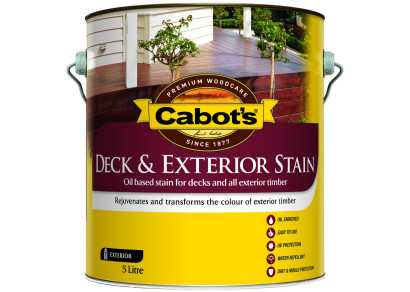




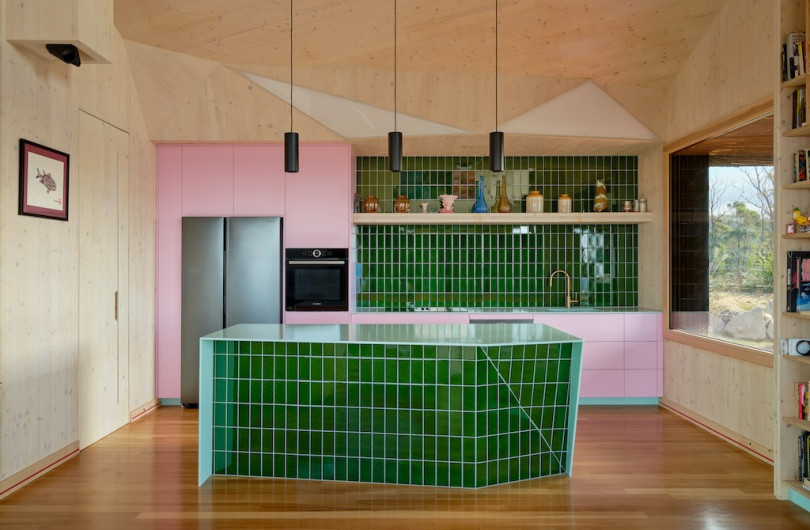
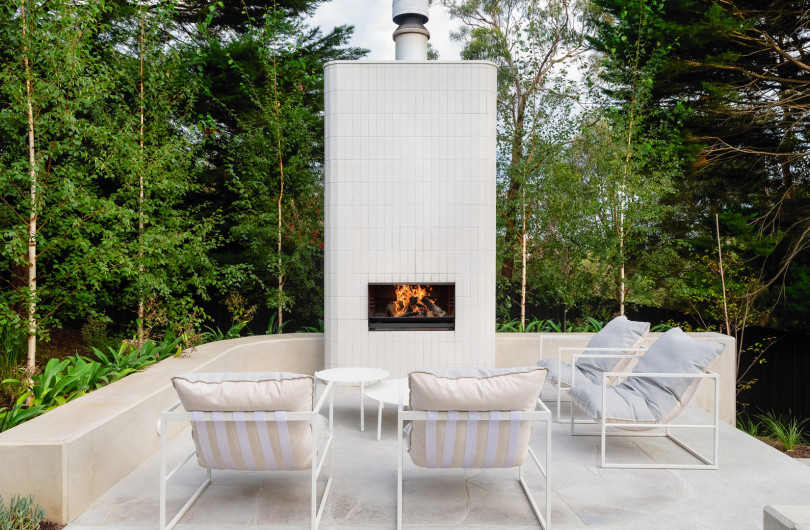




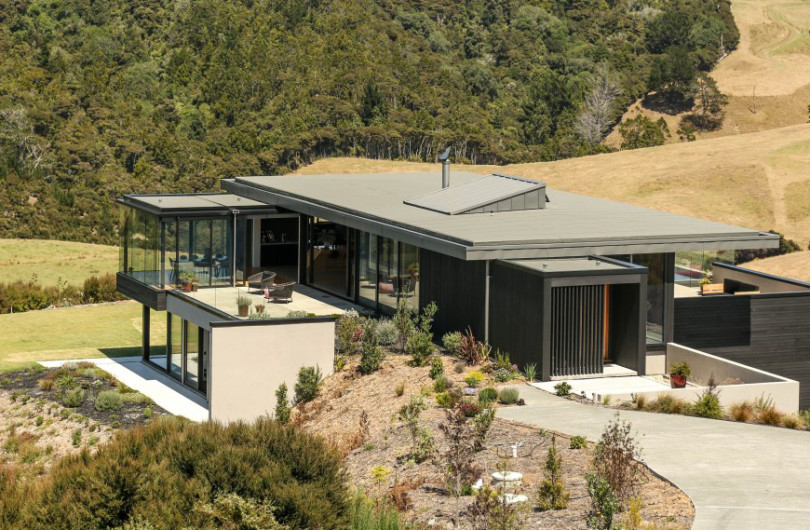




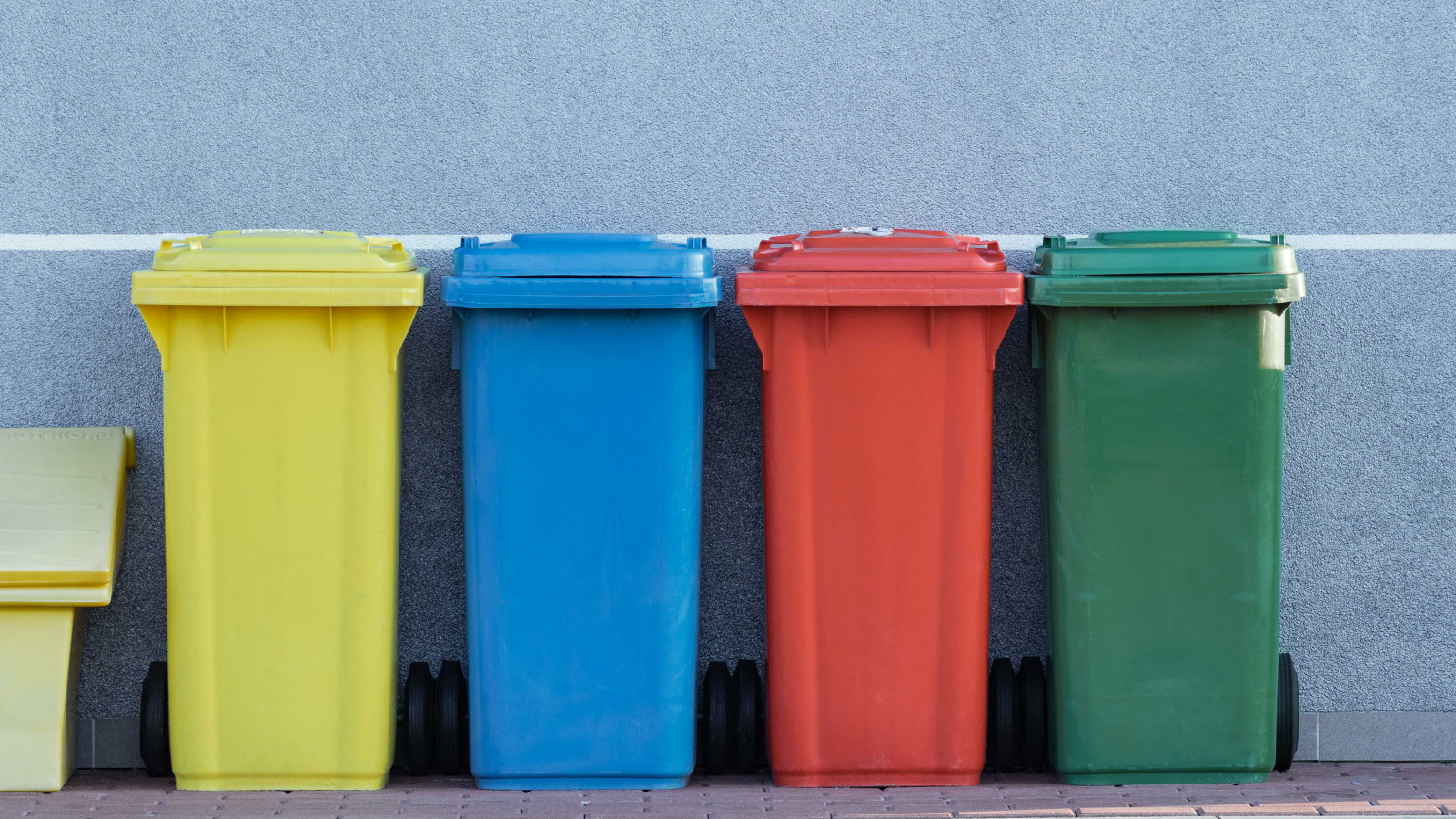



 Most Popular
Most Popular Popular Products
Popular Products



